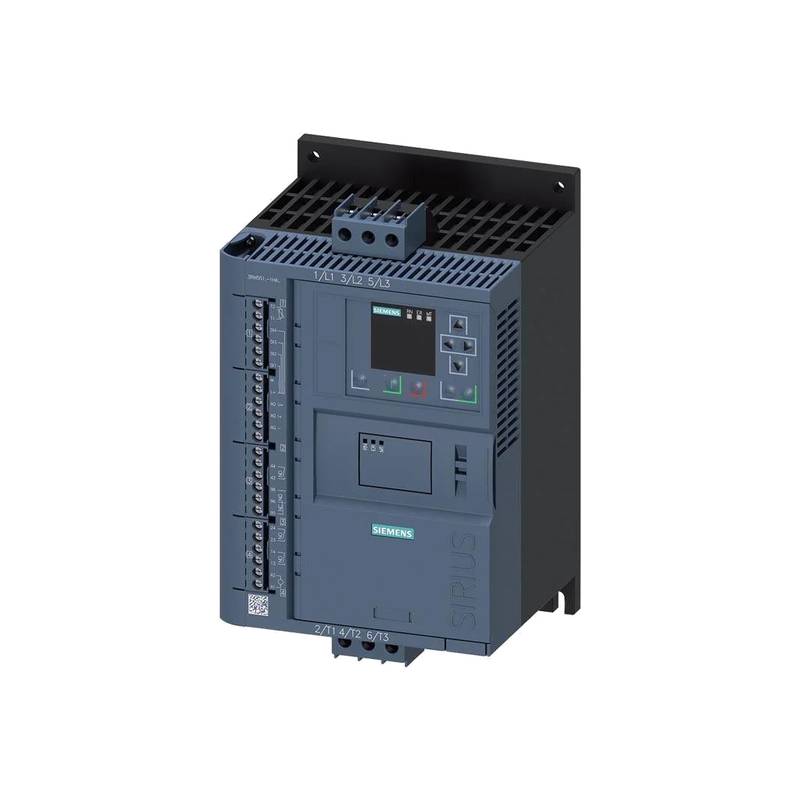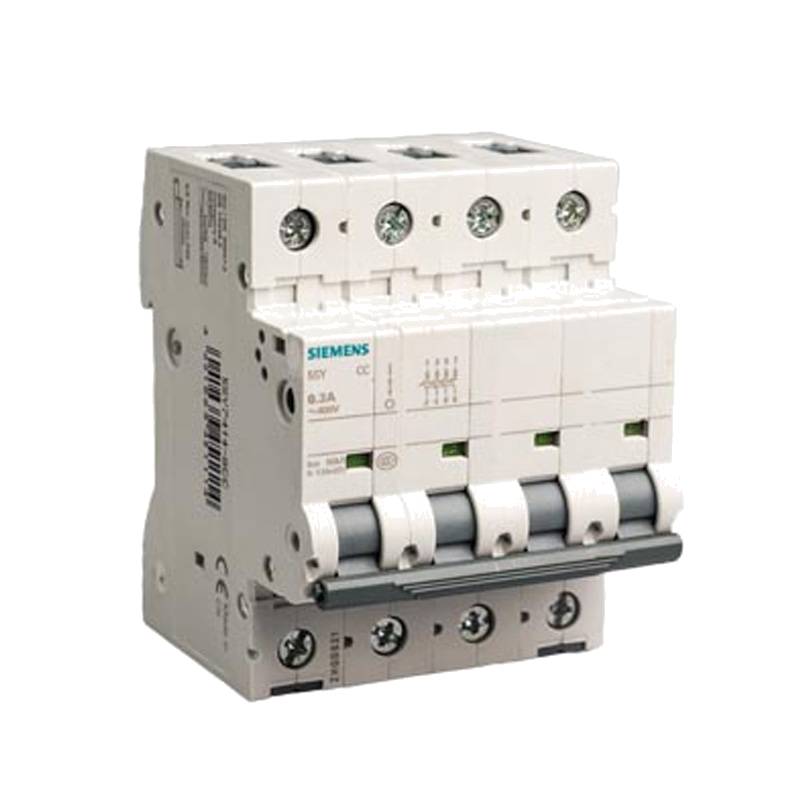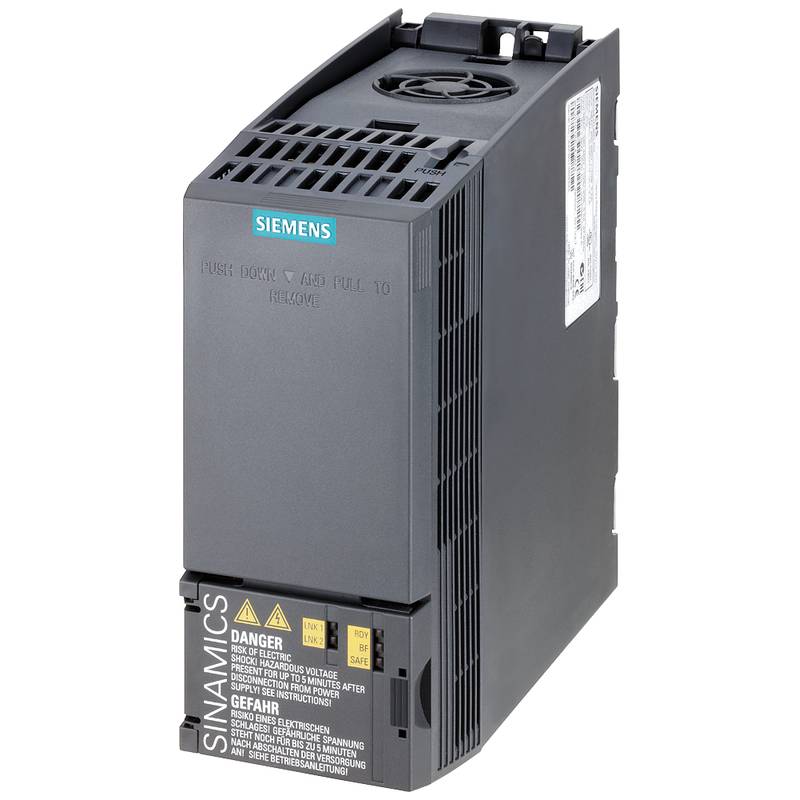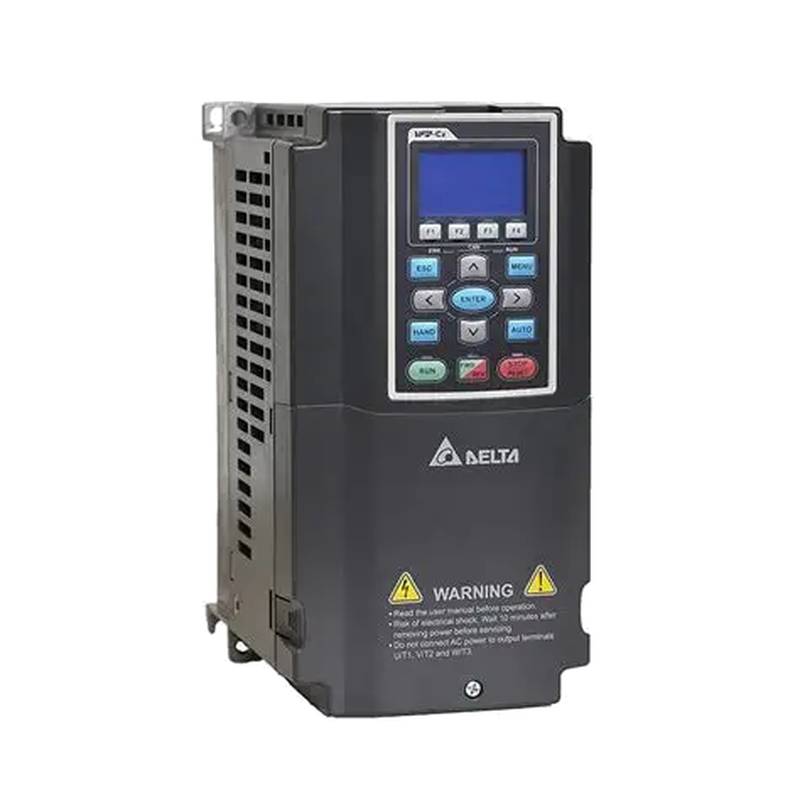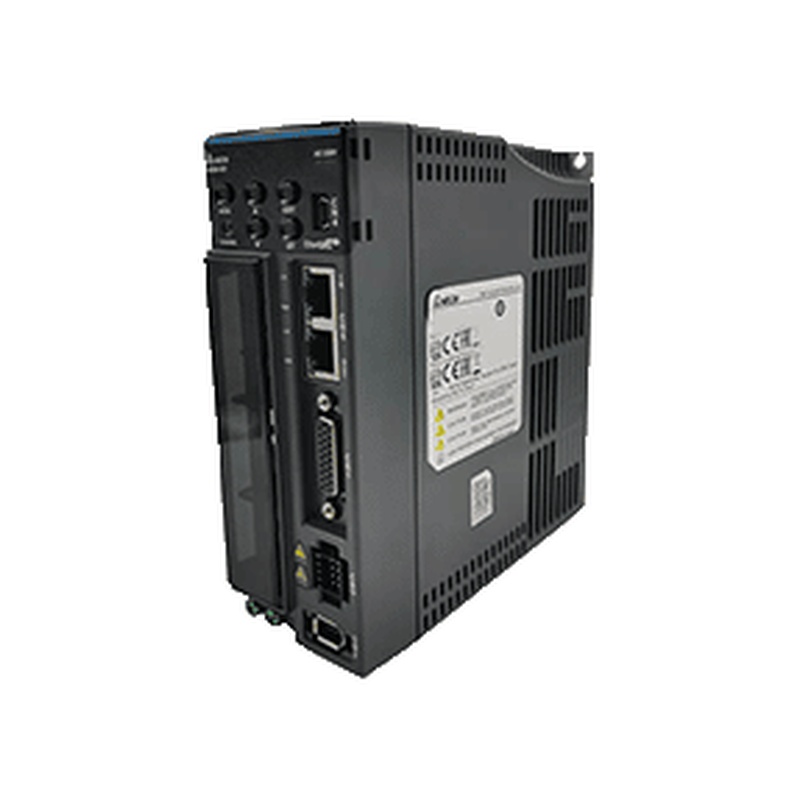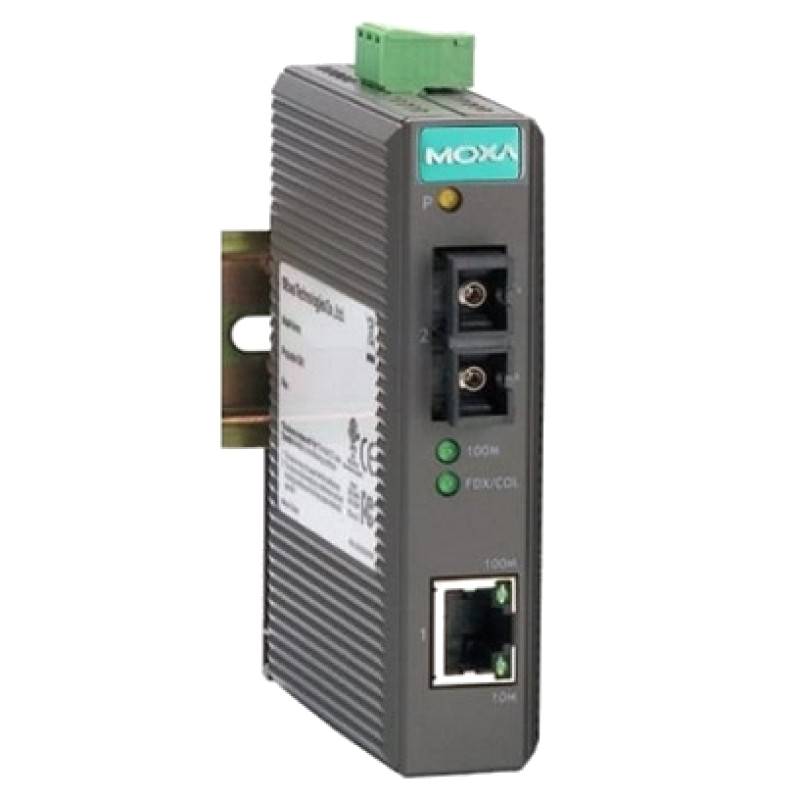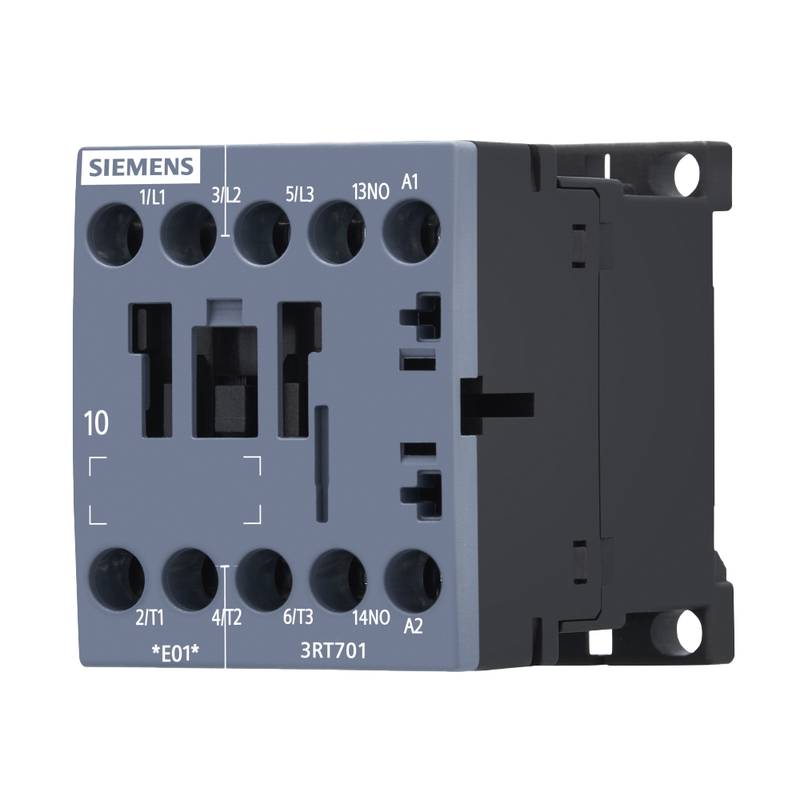
The Siemens 7KT1671 is a robust three-phase power measurement energy meter engineered for precise and reliable energy monitoring in demanding industrial environments. This advanced meter boasts a compact DIN-rail mountable design, making installation straightforward within control cabinets. Its key advantages lie in its high accuracy, versatile communication capabilities, and comprehensive measurement functions, essential for accurate billing, process optimization, and energy management strategies. The Siemens 7KT1671 excels in providing detailed insights into energy consumption, enabling businesses to identify inefficiencies and reduce operational costs.
Product Specifications
| Feature | Specification |
| :------------------ | :------------------------------------------------- |
| Product Type | Three-Phase Power Measurement Energy Meter |
| Model Number | 7KT1671 |
| Mounting Type | DIN-rail |
| Connection Type | 4-wire |
| Voltage Measurement | True RMS, 3-phase, 4-wire |
| Current Measurement | True RMS, 3-phase, 4-wire |
| Frequency | 50/60 Hz |
| Accuracy Class | Class 1 (Active Energy) |
| Display | LCD (typically multi-line, backlit) |
| Communication | Modbus RTU (RS-485) |
| Operating Temperature | -25°C to +55°C |
| Dimensions (H x W x D) | Typically 90mm x 72mm x 65mm |
| Protection Class | IP51 (front), IP20 (terminals) |
Core Features & Market Positioning
The Siemens 7KT1671 distinguishes itself through its unwavering accuracy, adhering to Class 1 for active energy measurement, a critical factor for billing and financial reporting. Its True RMS measurement capability ensures precise readings even with distorted waveforms, common in industrial settings with non-linear loads. The integrated Modbus RTU interface (RS-485) is a significant differentiator, facilitating seamless integration into existing SCADA, Building Management Systems (BMS), and other industrial automation platforms for remote monitoring and data acquisition. This positions the 7KT1671 as a cost-effective yet high-performance solution for businesses prioritizing accurate energy data and operational visibility. Its robust construction and wide operating temperature range further solidify its market standing as a reliable component for challenging industrial applications.
Key Application Scenarios
The Siemens 7KT1671 finds extensive use in industrial facilities for comprehensive energy monitoring. It is ideal for sub-metering within large manufacturing plants to track the consumption of specific machines or production lines, aiding in cost allocation and identifying energy-intensive processes. In commercial buildings, it serves to monitor the energy usage of individual tenant spaces or common areas, supporting efficient energy management and tenant billing. Furthermore, its utility in power quality analysis aids in diagnosing issues related to voltage sags, swells, and harmonics, which can impact equipment longevity and operational efficiency. Applications also extend to data centers, utility substations, and renewable energy installations where precise energy measurement and reporting are paramount.
Practical System Integration Guidance
Integrating the Siemens 7KT1671 into existing electrical systems is designed for efficiency. For a typical 4-wire, three-phase connection, ensure the meter is installed on a standard DIN-rail within a suitable enclosure. The primary power conductors (L1, L2, L3, N) are connected to the designated high-current terminals, with current transformers (CTs) wired according to their specific ratio and polarity requirements to the secondary current input terminals. Voltage inputs should be connected in parallel with the power lines. For Modbus RTU communication, connect the RS-485 A and B terminals to the corresponding terminals of the master device (e.g., PLC, gateway), ensuring proper termination and adhering to network length limitations. Default Modbus addresses and baud rates are typically configurable via the meter's interface or initial setup parameters.
Operation and Risk Mitigation
Operating the Siemens 7KT1671 involves routine monitoring of energy consumption data displayed on its LCD screen or accessed via the Modbus interface. Key operational parameters include active, reactive, and apparent energy (kWh, kVArh, kVAh), as well as instantaneous voltage, current, power factor, and frequency. Users should be aware of potential fault indicators on the display, such as CT circuit errors or voltage input failures, which require immediate investigation. To mitigate risks, ensure the meter is installed by qualified personnel, and always disconnect power before performing any wiring or maintenance. Proper grounding of the meter and associated equipment is crucial for electrical safety and accurate measurements. Adhering to the specified environmental conditions—temperature, humidity, and ingress protection—will prevent premature failure.
Scalability & Long-Term Value
The Siemens 7KT1671 offers significant long-term value through its compatibility with Siemens' broader industrial automation portfolio and its inherent scalability. The Modbus RTU communication protocol allows for easy integration with a wide array of third-party energy management software, IIoT platforms, and data analytics solutions, enabling advanced insights and predictive maintenance strategies. For systems requiring more complex data logging, advanced power quality analysis, or expanded communication protocols, the 7KT1671 can serve as a foundational meter within a larger Siemens SENTRON ecosystem or be complemented by higher-tier devices. This ensures that initial investments in accurate energy measurement remain relevant as digital transformation initiatives evolve within an organization.
Frequently Asked Questions
What is the primary function of the Siemens 7KT1671?
The Siemens 7KT1671 is primarily designed for precise three-phase energy measurement. It accurately records active and reactive energy consumption for billing and analysis.
It also monitors key electrical parameters like voltage, current, and power factor. This comprehensive data helps optimize energy usage in industrial settings.
Its robust design ensures reliable operation in demanding industrial environments.
How is the Siemens 7KT1671 installed?
Installation involves mounting the meter on a standard DIN-rail within an electrical enclosure. Proper wiring of voltage and current inputs according to the system's phase configuration is critical.
Ensure correct connection of current transformer (CT) secondaries to the meter's current terminals, observing polarity. Accurate voltage connections to the line conductors are also essential.
For Modbus communication, the RS-485 A/B terminals are connected to the master device, following network guidelines for cabling and termination.
What are the communication capabilities of the Siemens 7KT1671?
The meter features a Modbus RTU communication interface via RS-485 for seamless data integration. This protocol allows it to connect with PLCs, SCADA systems, and gateways.
Data such as energy consumption, voltage, current, and power factor can be remotely read. This enables centralized monitoring and automated data logging.
The Modbus RTU capability is key for its integration into smart grids and IIoT platforms for advanced analytics.
















